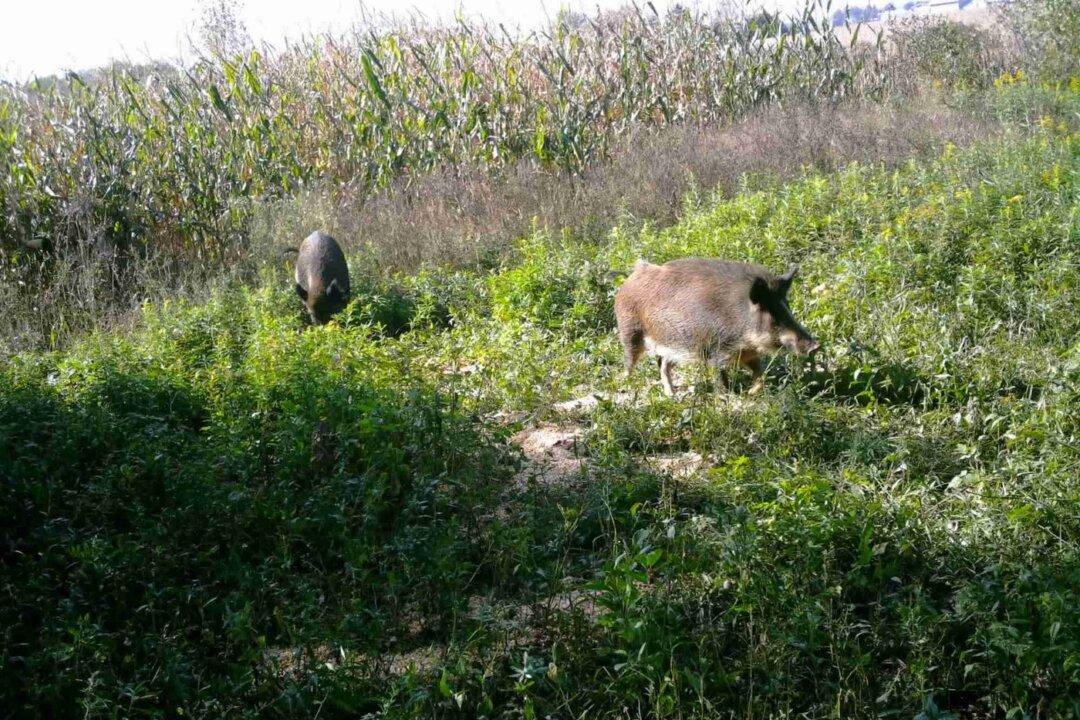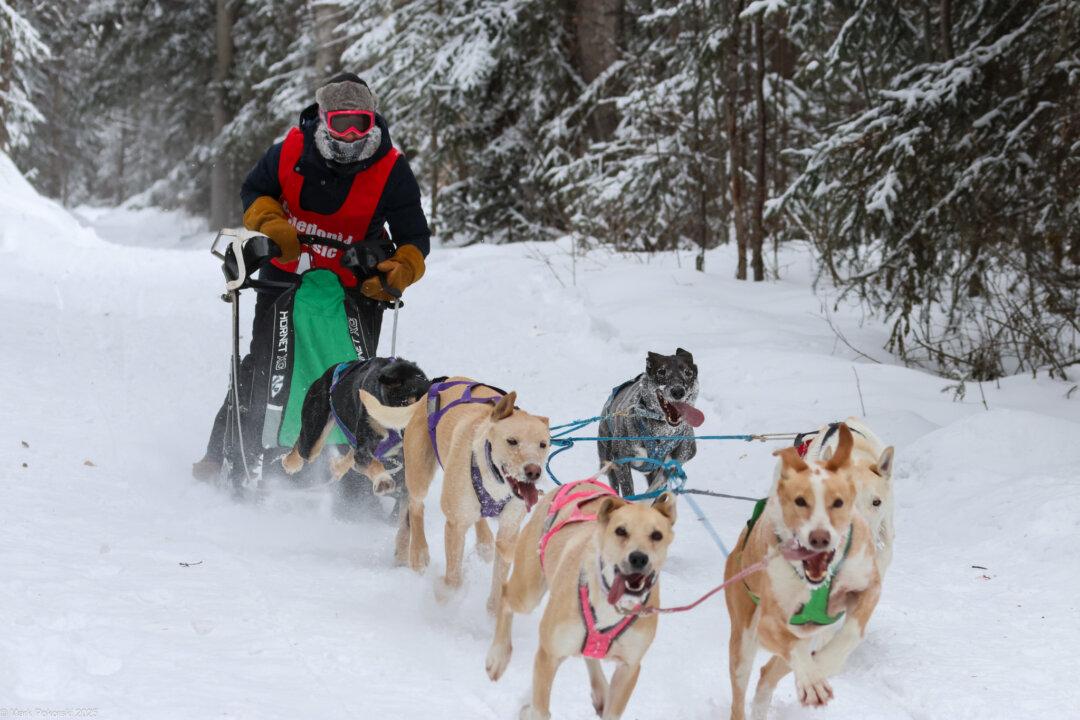B.C.’s extensive wildfires in 2023 may have led to hogs escaping into the wild and turning feral, says an organization that tracks invasive species.
“Domestic pigs can become feral,” said Robyn Hooper, executive director of the Columbia Shuswap Invasive Species Society. “They can do so just by escaping into the wild and they can start to change, but they can also mate with wild pigs,” she told The Epoch Times.





